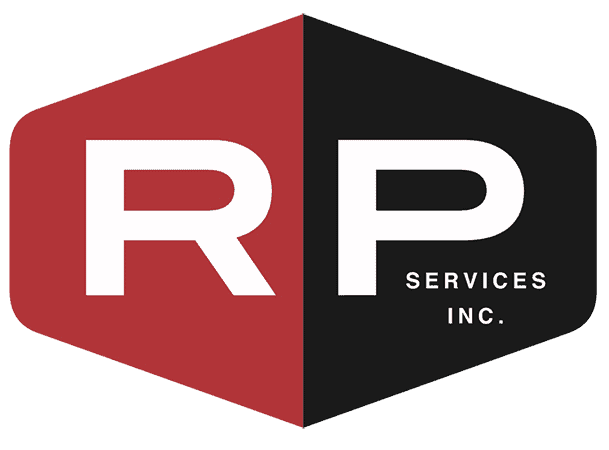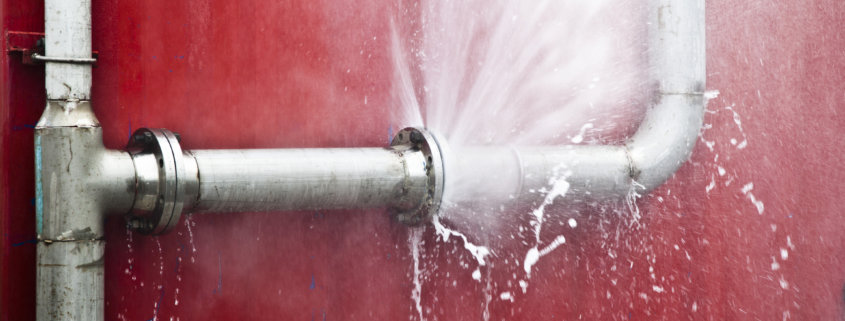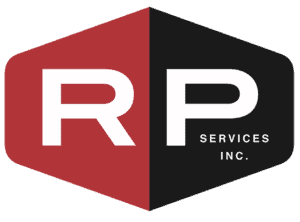Home Water Leaks: 5 Ways To Find Them Before It’s Too Late
Wet cabinets, mold, or a smelly home are clear-as-day signs of a water leak in your home, but are you familiar with signs in your home that aren’t as obvious? For homes older than 25 years, indicators of a leak are much more present and should have more attention paid to; this includes checking all of your connections for oxidation, including valves, pumps, and any hoses to washing machines you may have installed. Aside from checking these common fixtures, it’s time to do a more detailed inspection. Water leaks can lead to higher expenses and long-term damage to your home, so it is important to know how to quickly spot the signs of a leak.
Keep an eye on your water bill
If you’re noticing that your water bill is higher than usual with no changes to your daily consumption, this may be the first sign of a water leak. Leaks in your pipes lead to higher water usage, which results in a spike in your bill. Be mindful of leaks that aren’t always readily seen, such as leaks in pipes underneath your home. An experienced full-service plumber will always check your underground pipes to make sure that your repair stays fixed and avoid any unnecessary repiping.
Check your water usage
Looking at the statistics on your water bill can be intimidating if you don’t know what to reference. You end up asking yourself, “how much is too much?”, so it’s important to know where your water usage stands in comparison to the average amount of water used by homes that are similar to yours. According to the U.S. Environmental Protection Agency, a family of four uses a maximum of 12,000 gallons of water per month.
Make use of your water meter
Your water meter can be an effective tool when checking for leaks in your home. Follow these three simple steps on your meter to see if you have an unseen water leak:
- Turn off your home’s water, including ensuring that your dishwasher and washing machine is not being used.
- Once your water has been turned off, time to check your meter for any changes. If the meter has not changed, that is an indicator of a fast-moving leak and your meter is recording it as regular usage.
- Wait two more hours and check your meter again. Changes in your meter with the water turned off can be an indication that your leak is slower.
Test your toilet for leaks
Toilets account on average for up to 30% of total water usage in your home; during a large leak, toilets can leave their mark on your daily water consumption. If you have a leak, water will trickle from your toilet’s tank to your bowl when it isn’t in use. If you suspect a leak, drop some food coloring or a dye tablet from your hardware store into your tank and wait 10 minutes. If the water in your toilet bowl is colored, that is a surefire indicator of a water leak.
Check your outdoor faucets
Sometimes, a leak can be as small as one found in an outdoor faucet. Water leaks in outdoor faucets can be checked by connecting a rubber hose to your faucet; if water is leaking through your connection, it is time to replace your rubber hose gasket. This is especially important for homes with irrigation systems.
Once the leak has been identified, your next step is to find a reliable plumbing company that can provide round-the-clock repairs as quickly and efficiently as possible. RP Services, Inc. has specialized in emergency plumbing services in the West Los Angeles area for more than 30 years, and our reputation for white-glove service speaks for itself. Our certified full-service plumbers will address all your leak issues with the utmost professionalism and care, leaving you satisfied with our service every time you need us. Contact us online or call us at (310) 734-9852 and allow us to put your mind at ease with a quick and convenient consultation.




